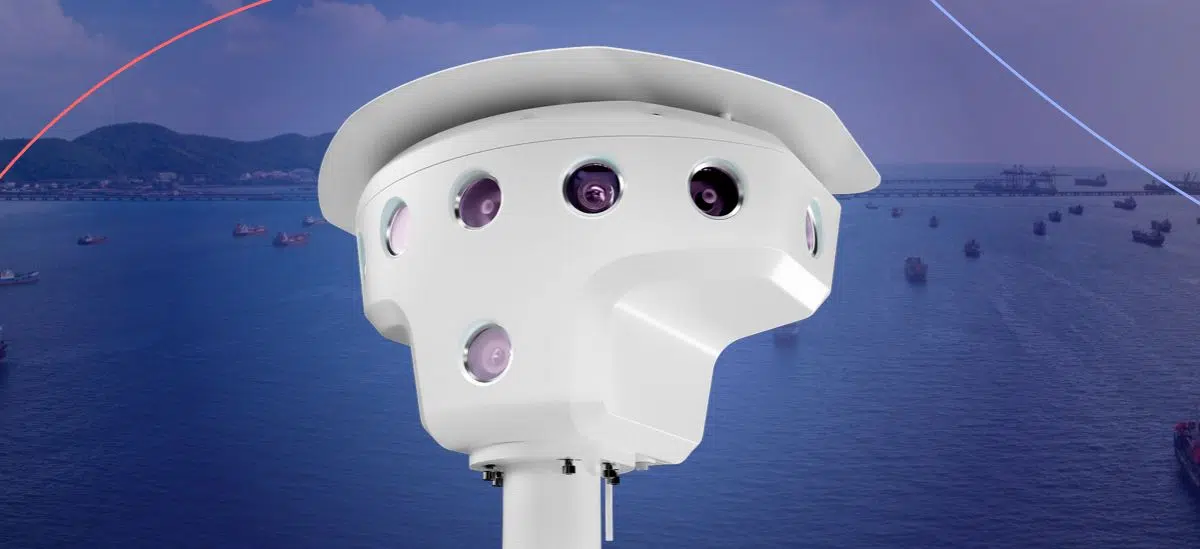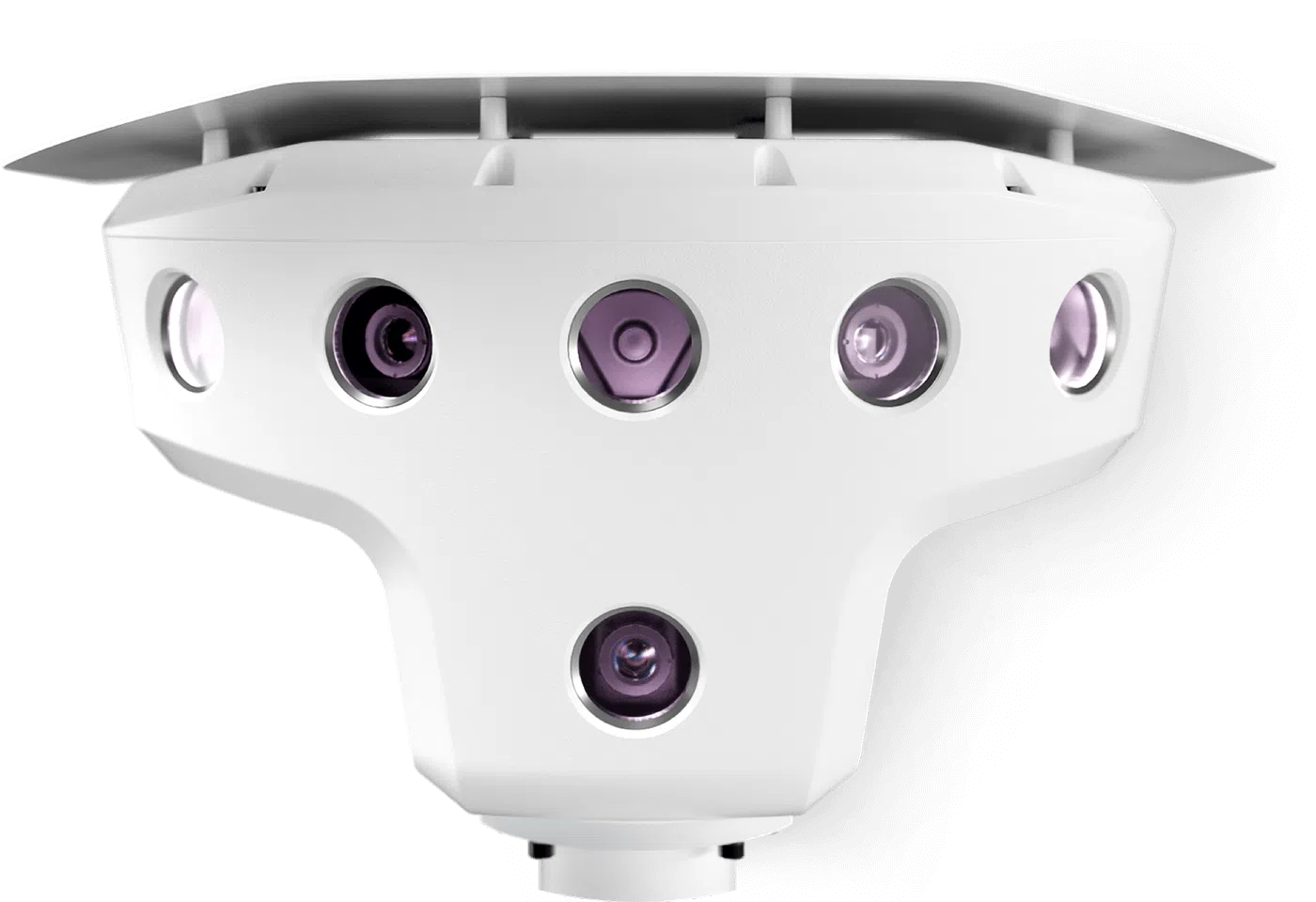Generations of seafaring experience have equipped captains and crews with effective methods for maritime situational awareness during bridge watchkeeping to anticipate conditions and make informed decisions that prevent complications. However, despite these efforts, human error remains a significant factor, contributing to up to 75% of marine liability losses.
As the maritime industry faces growing challenges—rising fuel costs, stricter environmental regulations, and congested shipping routes—there is an urgent need for technologies that extend human capabilities. Advanced situational awareness systems, equipped with 24/7 electronic lookout capabilities, have become essential in addressing issues like crew fatigue, improving object detection, and ultimately enhancing safety and operational efficiency.
Essential Capabilities of Advanced Situational Awareness Systems
Visibility in Challenging Conditions
An effective system ensures clarity during nighttime, heavy fog, or adverse weather conditions. Incorporating technologies like thermal imaging and infrared sensors allows the detection of hazards that may be invisible to the human eye.
For example, systems using thermal imaging can improve nighttime detection by 90%, which is critical for preventing accidents in low-visibility scenarios.
Reliable Detection Range
A maritime situational awareness system with an extended detection range provides crews with the time needed to make proactive navigational decisions. A range of 3 nautical miles in poor visibility and up to 10 nautical miles in clear conditions is generally recommended for effective situational awareness.
Target Identification and Classification
Effectively identifying and classifying objects—such as vessels, debris, or buoys, including non-AIS targets like small fishing boats or recreational vessels—is essential for prioritizing responses and ensuring safe navigation. Integrating advanced sensor technologies can improve target detection and classification accuracy, enhancing overall maritime situational awareness.
Movement Analysis
Unlike traditional navigational tools, which display static data, advanced systems dynamically analyze nearby objects’ speed, direction, and trajectory. This enables crews to anticipate collisions earlier and make proactive adjustments, with predictive algorithms calculating close-encounter risks for more actionable insights.
Wide Field of View
Coverage should include a wide enough field to minimize blind spots. Systems that offer 225° visual coverage or more provide comprehensive situational awareness and reduce the need for manual monitoring adjustments.
Durability for Maritime Conditions
Maritime equipment faces harsh conditions, from salt-heavy air to constant vibrations. Look for systems compliant with ISO 9227 for corrosion resistance and IEC 60945 for maritime electronics to ensure reliable performance.
User-Friendliness and Seamless Integration
A straightforward, intuitive interface reduces the need for extensive crew training, ensuring quicker adoption and more efficient decision-making. Systems should also integrate easily with existing equipment, minimizing installation time and operational disruptions.
Proven Track Record
A strong track record of performance and user feedback provides confidence in a system’s reliability. Reviewing case studies and seeking recommendations from other fleets can offer valuable insights into its real-world effectiveness.
Orca AI: A Trusted Solution for Navigational Safety
Making the Right Decision for Your Fleet
Choosing the right situational awareness system is a strategic investment in safety and efficiency. When looking to enhance collision avoidance at sea, consider systems that address your fleet’s specific needs, from visibility in harsh conditions to seamless integration with existing tools. Prioritize solutions with a demonstrated track record and clear benefits for improving navigation and reducing risks.
Adopting the right tools as technologies evolve can help fleets navigate modern challenges while maintaining safety and operational excellence.









